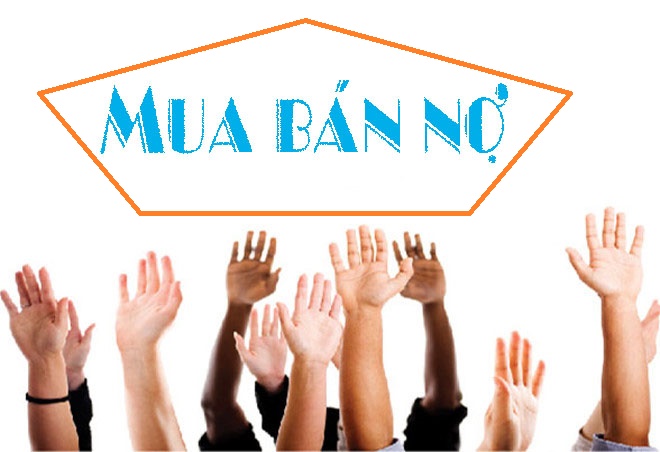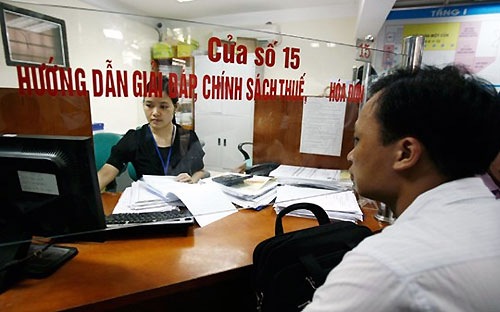08:08, 16/09/2020
Shares, stocks, and bonds are commonly used terms in a joint-stock company. These are the names of documents and assets that have value to represent the ownership ratio of capital, proving the capital contribution of shareholders and owners.

Article table of contents

According to the Law on Enterprises 2014 of Vietnam, shares, stocks, and bonds are distinguished as follows:
|
Content
|
Shares
|
Stocks
|
Bonds
|
|
Definition
|
Charter capital is split into multiple units of equal value called shares.
(Point a Clause 1 Article 110 of the Law on Enterprises 2014)
|
Share certificates are certificates issued by a joint-stock company, book entries, or electronic data which certify ownership of one or an amount of shares of the company.
(Clause 1 Article 120 of the Law on Enterprises 2014)
|
Bonds are a type of security (debt security) that specifies the obligation of the issuer (borrower) to pay the holder of the security (lender) a predetermined amount of money, usually within specific time periods, and to repay the initial loan amount when it matures.
(Clause 3 Article 6 of the Law on Securities 2006)
|
|
Nature
|
Persons who hold shares will become shareholders - the owners of the company.
|
The form of representation of shares is the certificate of capital contribution that determines the ownership rights of the shareholder's shares.
|
The bond certificate, held by the bondholder, will make them the creditor of the company.
|
|
Issuer
|
Joint-stock companies
|
Limited liability companies and joint- stock companies
|
|
Classification
|
- Ordinary shares;
- Preferred shares:
+ Voting preference shares;
+ Shares with preferred dividends;
+ Redeemable preferred shares;
+ Other preferred shares defined by the company’s charter.
|
Corresponding to each type of share, stocks will be issued.
|
Based on the guarantee method, bonds include:
- Guaranteed bonds;
- Unguaranteed bonds.
|
|
Form of profit generation
|
Pay dividends
|
Pay interest
|
|
Investment risk
|
The risk is higher, depending on the company's ability to operate profitably.
|
Less risk, mainly depends on the safety of the company.
|
|
Ownership period
|
There is no definite term, attached to the existence of the company.
|
There is a maturity date
|
|
Liquidity (ability to convert into money)
|
Liquidity is higher than bonds due to being traded on the secondary market.
|
There is no secondary trading market so liquidity is more limited than stocks.
|
|
Right to withdraw investment capital
|
Capital can be withdrawn upon maturity
|
Capital cannot be withdrawn directly
|
|
Interchangeability
|
Cannot be converted into bonds
|
Can be converted into bonds
|
|
Owner's powers
|
Shareholders have the right to participate in company activities
|
Creditors do not have the right to participate in company activities
|
Therefore, shares are a form of representation of ownership to demonstrate the right of ownership in terms of the proportion of charter capital in a joint-stock company. The fundamental difference between shares and bonds lies in the rights of the owner. Shareholders, who own shares corresponding to their proportion of ownership, are the owners of the company, while bondholders become "creditors" of the company. Correspondingly, shareholders have the right to participate in voting to decide on company matters, while bondholders only have the right to receive interest based on the value of the bonds they own.
Thuy Tram
>> CLICK HERE TO READ THIS ARTICLE IN VIETNAMESE
78 lượt xem

 Article table of contents
Article table of contents










.Medium.png)
.Medium.png)
.Medium.png)
.Medium.png)
